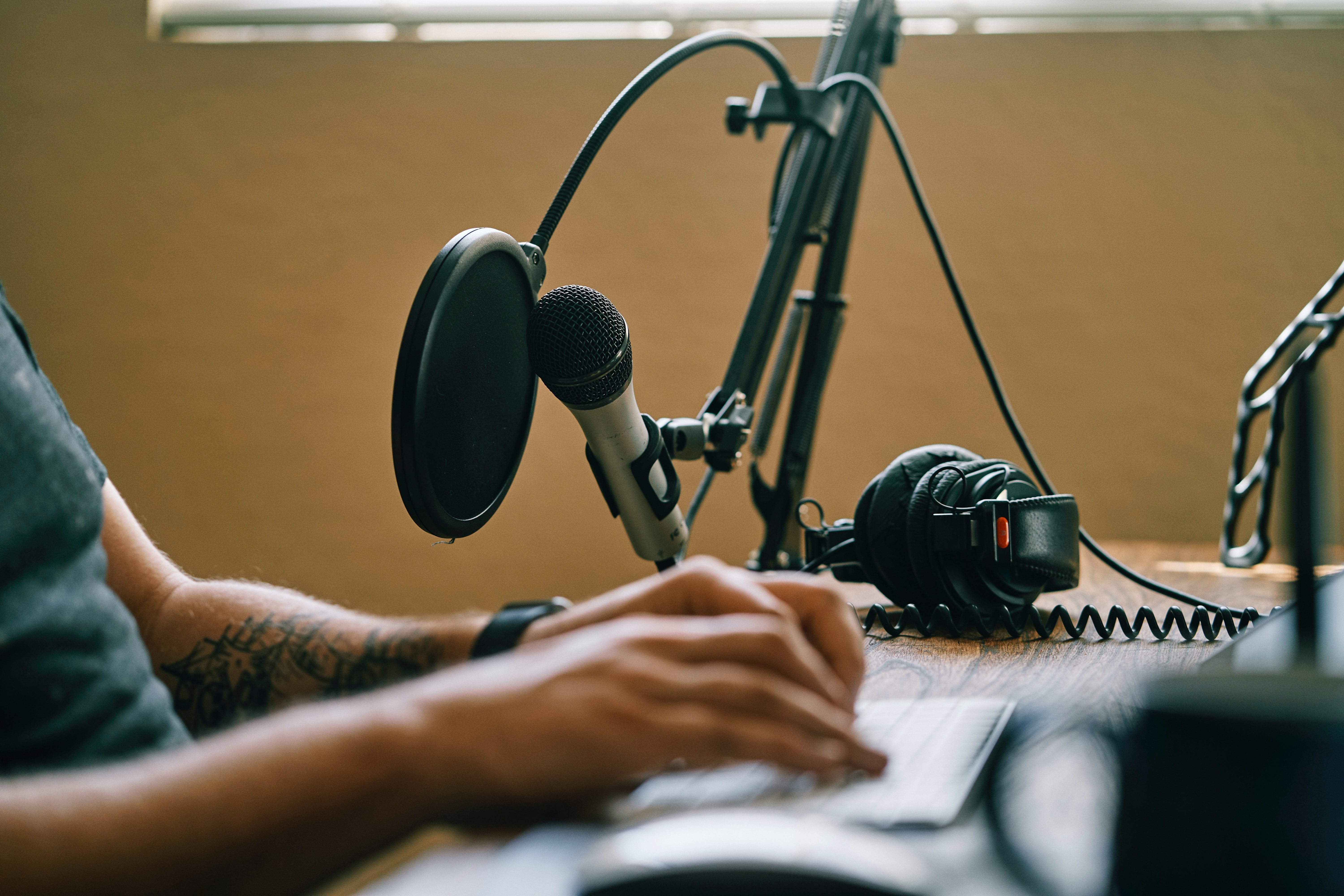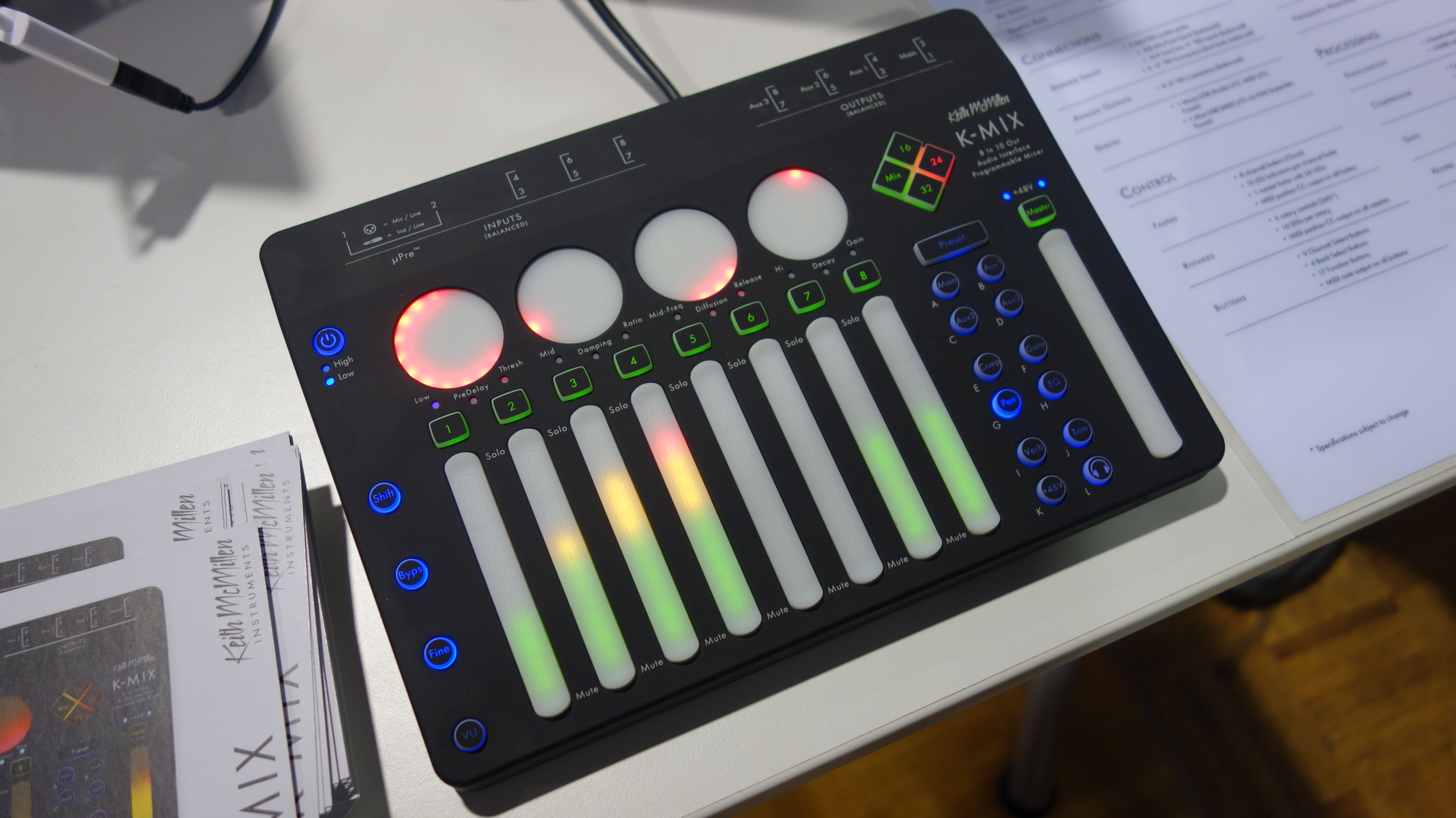Whether you're looking to record music, do podcasts, or perform live, having the right gear is essential. You don't need to buy extensive equipment, but you do need to get the core essentials.
If you plan to record audio using a microphone, an instrument pickup, or anything analog, you'll need a preamp to ensure a clear and adequately regulated audio output from the mic.
So what exactly is a preamp? What benefits do you gain from using one, how does it work, and where can you get one?
What Is a Preamp?
A preamp or preamplifier is a device you connect to your microphone's output. Its job is to take your microphone's signal and output a boosted version of those signals with as little noise as possible.
Connecting your microphone directly to an amplifier or any other post-processing device will either introduce too much noise to your audio or not work at all.
If you've been recording for a while, chances are you've already been using some sort of preamp to boost your microphone's signal. Preamps can be stand-alone devices or be integrated into various other audio equipment you may already have, such as a mixer, an audio interface, or even a PA (Public Address) system.
Benefits of Using Preamplifiers
The biggest benefit of using a preamplifier is that it boosts your microphone signal so that you can start using a wide range of audio recording and mixing gear that uses the standard line-level signals.
Preamps provide a particular character or attitude to your sound. Preamps come in many designs and configurations. Since they are the first audio equipment to alter the unprocessed signals from the microphone, variations in design or even differences in components will have a significant effect on the sound, which then provides a very distinct sounding output.
Preamps are also important when boosting the audio signal and monitoring your audio on the fly. Post-processing color and gain to your sound will not be possible when performing live. Using the buttons and knobs on your preamp will automatically add these sound qualities and output them directly to the speakers through an amplifier.
How Preamplifiers Works
To better understand how a preamp works, let's first talk about microphone transducers.
Inside every microphone is a transducer. A transducer is a component that turns analog sound waves into digital signals that can be digitally saved and post-processed. Transducers can only provide weak signals ranging from -60 dBV up to -20 dBV. These low-level signals are known as mic-level signals and cannot be detected by standard audio recording or mixing equipment.
The standard signal level or line-level signal operates at 1.78dBV at a minimum. Although it is possible to make audio equipment more sensitive, manufacturers stick to the standard 1.78dBV, as too much sensitivity leads to more noise and unwanted signals in the output.
And this is where you will need a preamp. A preamp converts your mic-level audio (-60 dBV to -20 dBV) into usable line-level signals (1.78dBV). When preamps are given audio signals, it starts to copy or mimic them through a series of transistors or vacuum tubes while simultaneously adding gain. The gain is powered either from AC mains voltage or DC voltage from batteries for smaller integrated preamps.
Integrated vs. Stand-alone Preamps
You can find preamps either integrated with other audio equipment or as a stand-alone device. Both types of preamps will have their pros and cons.
Integrated preamps are combined with musical instruments, microphones, and other audio equipment such as audio interfaces and PAs. They are great overall preamps used for all kinds of applications such as podcasting, streaming, voice narrations, and general home recording.
With modern integrated preamps coming from reputable brands, an integrated preamp should be all you need unless you are an enthusiast, a musician looking for a unique sound, or are professionally recording and mixing audio for a living.
As the name implies, stand-alone preamps are preamps that come as a single self-contained unit. These preamps have various knobs, buttons, and switches for gain, phase reverse, and low cut or high pass filtering functionalities.
Aside from having more controls, one of the biggest advantages of stand-alone preamps is their ability to be swapped. This means you can keep upgrading your system whenever you get a better preamp, and if your current preamp gets damaged, you can simply replace it on the fly.
Tube Preamps vs. Solid State Preamps
Another popular classification of preamps would be whether they use tubes or transistors. Tube preamps use vacuum tubes to switch input signals, while solid-state preamps use transistors to do the switching.
Solid state preamps provide "transparent" sounds that allow recordings to sound as true to what is being heard in real life. In contrast, tube preamps introduce harmonic distortions in their output. These distortions cause the output to sound brighter as if it was going through an automatic sound filter.
What Preamp Should You Get?
Now that we have discussed the basics of preamplifiers, you may want to start using one or upgrade your current preamp. So what preamp should you get?
A compact setup would typically mean you get an audio interface or mixer that already integrates a preamp and even phantom power. These types of bundled audio gear often come with solid-state preamps, giving clear and true-to-life audio. These setups are great for beginners, influencers, and personal home recording rigs that need good audio output without going through all the trouble of curating gear, setup, and spending lots of money.
If you are professionally recording and mixing audio for a living, then having a stand-alone preamp is the way to go. You may also want to collect different preamps using solid-state components and vacuum tubes to have a different preamp for specific projects. Having a separate preamp also means less downtime and easier troubleshooting in case of technical difficulty with the preamp.
A Good Studio Recording Setup Requires a Preamp
Preamps are great tools that heavily impact your overall audio output. In fact, preamps are often the first equipment that many professionals recommend you first upgrade in your studio setup. Upgrading to a good quality preamp will ensure you get as much value from the gear you already have.

.jpg)

_complete_01.jpg)

-1.jpg)